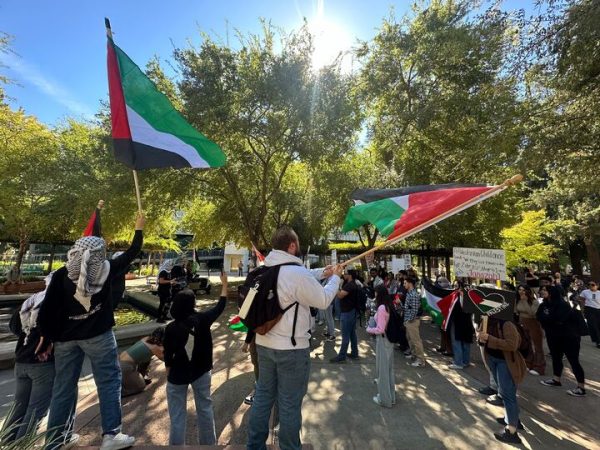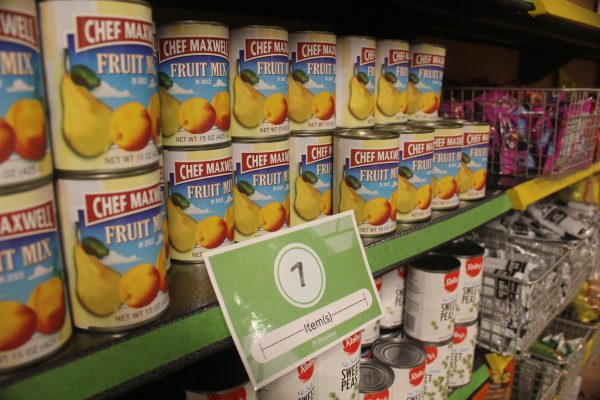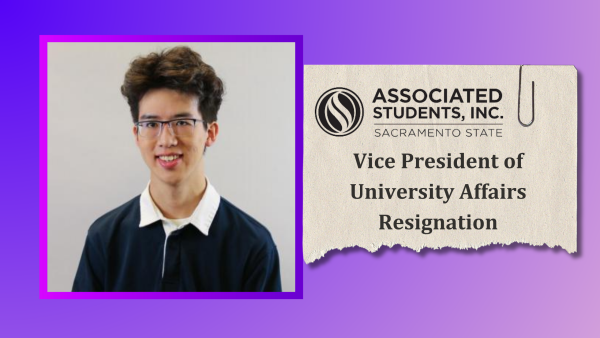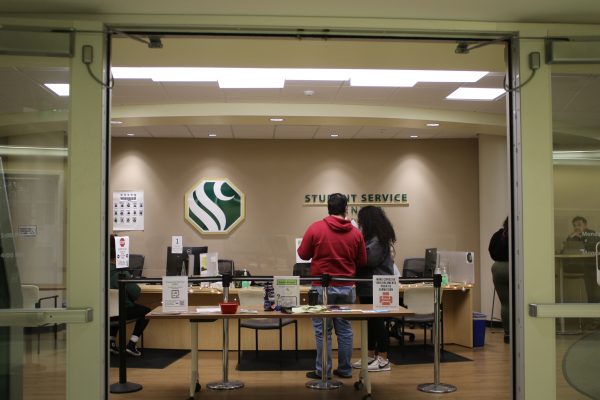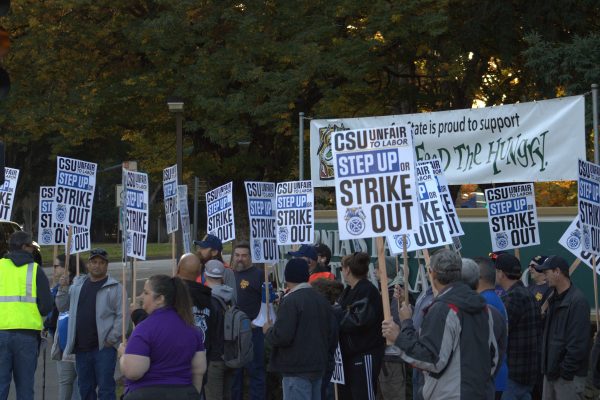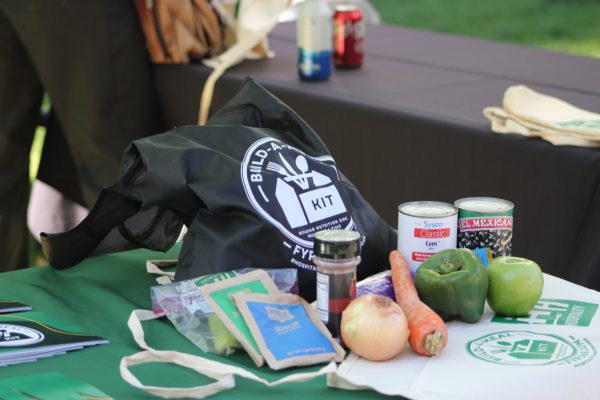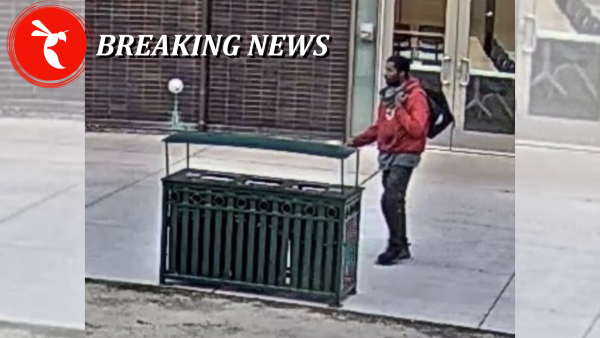Mexico’s Independence Day brings culture, unity
September 26, 2012
Sept. 16 marked the date for El Grito, Mexico’s Independence Day. I made the trek out to Coyoacán in Mexico City to celebrate the event and experience the holiday for myself, complete with churros, cheap carnival rides and even a stop into Diego Luna’s bar for some Mezcal.
El Grito de la Independencia (“The Cry of Independence”) took place Sept. 16, 1810 when a Catholic priest by the name of Miguel Hidalgo y Costilla rang out church bells in the small town of Dolores, encouraging the revolution of the people toward Spain’s colonization.
Since then, the holiday has been a joyous occasion throughout Mexico, starting Sept. 15 at 11 p.m., when the president rings the bells of the National Palace in Mexico City.
Enrique Caballero of Venezuela attended the celebration for the first time this year.
“Mexico has gone through Spanish rule, French rule, a war with the United States, revolutions, more revolutions, el PRI and now the war on drugs,” Caballero said. “It is wonderful that for one day all of Mexico comes together to celebrate one of their greatest accomplishments after having gone through so much.”
So along with friends, I ventured into the Mexico City borough of Coyoacán, where the huge Independence Day carnival was set up in the town’s square.
We started off by walking through the merchant booths set up all along the outskirts of the streets, selling beaded jewelry, leather goods, candy and many national treats such as elote, which you may recognize as barbecued corn on a stick, tacos, and of course buñuelo, a deep fried flour tortilla topped with cinnamon and sugar.
Eduardo Marquez, a resident of Mexico City, remarked on the general atmosphere and how similar it was to American culture.
“Having lived in the United States before this, I don’t see a huge difference in the means of celebration,” said Marquez. “People still come here like any other fair, to go on the rides, win their girlfriend a stuffed animal – or a live rabbit – and celebrate their patriotism. It’s great to be here.”
The carnival itself was beautiful; there were neon-lit rides everywhere, streamers, vendors selling costumes and colorful masks, all for 10-20 pesos, which is roughly a dollar in American money.
After a terrifying trip on one of the rides that involved spinning circles a little too quickly on a rotating floor, we decided to hit up La Bipolar, a bar owned by Mexican actor Diego Luna, for some refreshments.
Carissa Wodehouse of Mexico City often goes to La Bipolar when in Coyoacán .
“La Bipo is great because it’s a classic cantina (that) has some of the modern design touches and cleanliness that make it comfortable for foreigners,”said Wodehouse. “The crowd is mostly young people and the food is good basic tacos and empanadas, which is surprisingly hard to find in drinking joints. They have a bunch of house made sauces that you serve yourself out of recycled glass soda bottles.”
Mezcal is a native drink to Mexico that has been kept very hush-hush throughout the country. Reminiscent of tequila, mezcal is distilled from the maguey plant, which is a form of the agave used to make tequila.
“I love mezcal,” Marquez said. “It’s like you’re drinking a national secret. Mezcal has a stronger taste, (is) a bit harsher towards the end and is traditionally served with orange slices and worm salt to open up your taste buds and enhance the flavor.”
After a few rounds, we walked over to the main square where the stage was set up to for the bell of independence to be rung. There were lights everywhere in shapes of past heroes, presidents and garlands; it was a beautiful sight which was only made brighter by the fireworks.
The rain set in, but that didn’t damper the mood. Most of the crowd brought their umbrellas or moved to a canopy to stay dry. We went to a small booth for some fresh churros to warm us up, equipped ourselves with ponchos (for only five pesos) and set off for our final destination at a festive Independence Day party.
We sipped tequila and munched on delicious queso Oaxaca, which is cheese made into rope then wrapped into a ball, while we waited for the president to come on stage. Meanwhile, we swapped stories of how most Americans think Cinco De Mayo is Independence Day and make a huge deal of it, while most Mexicans never celebrate the holiday.
At 11 p.m., the president came on stage and rang the bell, shouting homage to the country of Mexico and its forefathers. We responded, “Viva Mexico, Viva Mexico, Viva Mexico!” and finished with a shot of tequila.
“I think (what) I enjoyed the most was the way the locals acted, they seemed so happy and proud for Mexico,” said Caballero. “Not being a local, I still get a tinge of Mexican pride. I think it reveals some of the potential this country has to better itself.”
Kaitlin Bruce can be reached at [email protected]

































































































































